|
When I was here before visiting the Tower is the first thing we did once we checked into the hotel. The only two things I remember seeing were the executioner's block and ax, and the Crown Jewels. I still have the Crown Jewels guide book. Those were the two things I was looking forward to re-visiting, and I did do that, but I was amazed at how much more there was to see that I just hadn't remembered anything about from my previous trip in 1984.
The Ravens
There is a superstition that persists about the presence of ravens at the Tower being a necessity for the Crown to survive. Traditionally at least six ravens are always housed here and have been since the time of King Charles II when the monarchy was restored. Because ravens in the wilds around London have been mostly killed off, and new ravens had to be imported from Somerset, the Tower ravens have successfully been bred in captivity since 1987.
The Menagerie
Exotic animals were given as gifts to the monarchy since the 12th century and were kept at the Tower for visitors to marvel at. In 1882 Queen Victoria gifted all the remaining animals to help start the London Zoo in Regent's Park. In 2010 sculptor Kendra Haste was commissioned to craft thirteen life-sized animals to recreate the Royal Menagerie: a polar bear, a lion and two lionesses, a troop of eight baboons, and an elephant. The sculptures are scattered around the grounds so coming upon one is a delightful surprise.
The Tower as Fortress
The view of the Tower as we approached it from the tube station is particularly striking. We were giddy with excitement!
Here's a scale model that was on display where you can get a much better idea of the size of the White Tower (the central building) and its surrounding defensive walls and moat. The moat was drained in 1840 by order of the Duke of Wellington to prevent more deaths from the water-born diseases living in what had essentially become a smelly swamp. The moat is now a dry ditch around the outer walls.
Defensive architecture
High, thick walls with arrow loops are the main ingredients for keeping the castle safe from invaders.
The Armoury
This surprising display of arms and armour was designed in the tradition of John Harris' Seven-Headed Hydra. Karen Whitting, the Royal Armouries Head of Creative Programmes, teamed up with Haley Sharpe Design to build this noble beast. His name is Keeper, and he stands nearly fifteen feet high and weighs 2,600 pounds.
The Tower as Palace
The palace section of the Tower is made up of St. Thomas' Tower, The Wakefield Tower, and the Lanthorn Tower. They were built by Henry III and his son Edward I. Henry's rooms were in Wakefield Tower and were restored in the 19th century with their version of medieval, which is not accurate. The vaulted ceilings are from this attempt at restoration. The fireplace and chapel were restored more recently in the correct style of the period, as was the throne room. Edward's rooms in St. Thomas' Tower have been restored in the style of the time and his bedroom has been recreated based on manuscripts of the period. The Lanthorn Tower was built for Henry III's Queen's accommodations, but was completely gutted by fire in 1774 and then rebuilt in the 19th century. The objects below are displayed in the Lanthorn Tower.
The Crown Jewels
No photography is allowed in the area where the Crown Jewels are stored, so here's a video that was made in 2012 for the Queen's Diamond Jubilee. For that reason, the Crown Jewels display was revamped to give them a more modern setting with new backgrounds and lighting to make them more visible. The exhibition area was given more signage to better teach their history and explain their significance in the Coronations and other Royal functions. They did a great job with the new display. I remember in 1984 the whole area being so dark that you could hardly see anything.
This link will take you to the gallery of all the objects in the Crown Jewels collection at the Tower.
The Tower as Prison
The Tower was never meant to be a prison so there were no cells or dungeons in the construction. That meant that prisoners were stuffed anywhere there was room.
Traitor's Gate
This infamous entrance was originally called Water Gate. It was built by Edward I so he could get to the Tower directly from the Thames. By King Henry VIII's reign it had acquired the name Traitor's Gate. Anyone who arrived here through Traitor's Gate was pretty much assured to never leave....or at least, leave with their head still attached. Prisoners were brought down the Thames by barge under the London Bridge where they could see heads of the recently executed displayed on pikes. Thomas Cranmer and Sir Thomas More entered through Traitor's Gate. Anne Boleyn is rumored to have entered through here as well. These days, Traitor's Gate is no longer used, having been bricked up on the Thames' side by 1895 due to the Thames Embankment project and its resulting rising water levels making it useless.
Here's the view from the Thames side of the gate. it makes it really obvious that you couldn't get a boat under that arch in low tide much less high tide.
Imprisonment
The poor souls confined in the Beauchamp Tower left graffiti all over the walls. Most of the graffiti dates from the War of the Roses, when almost anyone could end up on the losing side and find themselves no longer in possession of their freedom.
The Princes in the Tower
Everyone who's familiar with Richard III has heard the story about the Princes in the Tower. Let's start with the facts: Their father, Edward IV, died leaving the two princes-- Edward, 12 and Richard, 9--in their mother's care but politically in their Uncle Richard's hands. Richard was made Lord Protector of the twelve year old king to be, as was his duty, and brought him to the Tower in April of 1483, before the Coronation. The ceremony ended up being delayed. Edward's younger brother joined him there in June for newly rescheduled coronation. Richard was crowned King in July of the same year and then had the princes declared illegitimate by an act of Parliament in 1484. The boys disappeared sometime in 1483 from the Tower and were never seen again.
The part of the story that most people misunderstand is that Richard bringing the boys to the Tower did not in any way signify that he was going to imprison and/or execute them. The Tower was the official residence for monarchs that were about to be crowned because it was the closest palace to Westminster Abbey. The accommodations were quite luxurious for the time and the Princes would have been housed and fed befitting their rank, with servants to care for them. Nonetheless, the Princes disappeared and Richard was King, so he looked exceedingly guilty, since no official statement was ever made about them after that. According to Shakespeare's play, Richard had them murdered in order to secure the throne for himself, but there are other theories as well. One theory is that one or both of them escaped assassination and of course two men turned up years later claiming to be one of the two Princes: Lambert Simnel in 1487 and Perkin Warbeck in 1491. Simnel was ten years old when he was crowned King Edward VI and unwittingly became a figurehead for a rebellion. Henry VII captured and killed the leaders of the rebellion but took pity on the child and put him to work in the Royal Kitchens. Warbeck was seventeen and knew exactly what he was doing when he came back to England pretending to be the younger Prince Richard, Duke of York. He'd been in Antwerp where he'd been living with his mother and learning Dutch, so he concocted the whole story about escaping the Tower after his brother Edward was murdered and hiding in Antwerp to avoid being murdered by Richard III's men. His story convinced a lot of people who weren't fond of Henry VII and decided to back him in another rebellion against the crown, which lasted six years and cost Henry a lot of money. Upon his capture, Warbeck admitted to being an imposter and Henry initially was merciful, released him from the Tower, allowed him to be at banquets, but was placed under guard and not allowed to sleep with his wife. After 18 months of this treatment, Warbeck tried to escape but was captured, After a second escape attempt failed, Henry had him hanged. To make a long story short, after the restoration of the monarchy, Charles II was having some remodeling done to the Tower, when in 1674 the workman dug up a wooden box containing two small skeletons under this stairwell. Charles assumed they were the princes and had them reburied in Westminster Abbey. There was testing done on the bones in 1933 that concluded they were of the correct time period and the bones were of the correct ages to be the Princes, No further testing using more modern methods like DNA testing have been done since. Sorry about the horrible glare on the sign below. Torture
The Wakefield Tower houses the exhibit on tortue. The guidebook says that only a tiny fraction of prisoners were tortured and only to elicit information or to sign a confession. The practice of torturing prisoners was abandoned in the 17th century.
Execution
This memorial was erected by Queen Victoria, This is what the execution site looked like when I was there in 1984. I was a bit disappointed to find they'd moved the block inside and put up a new memorial.
The new memorial was installed in 2006 and is specifically dedicated to the three Queens (and seven others) who were executed there. The artist who designed it was Brian Catling. The ten executions that are being memorialized were the ones actually done privately on Tower Green rather than publicly on Tower Hill. Those were William Hastings, Queen Anne Boleyn, Margaret Pole, Countess of Salisbury, Queen Catherine Howard and her lady in waiting Jane Boleyn, Lady Jane Grey, and Robert Devereux, 2nd Earl of Essex. All of these seven people were beheaded for treason. Of the seven beheadings Henry VIII is responsible for the most at four; Richard III, Mary I, and Elizabeth I are tied with one each.
The last three victims memorialized were soldiers of the Black Watch, a unit of Scottish Highlanders. it was entirely the idea of the artist to include these three men. They were found guilty of desertion by George II and shot by firing squad up against the wall of the chapel. The rest of the 100+ deserters captured with them were pardoned and sent to serve in the West Indies. I wonder what those three did to piss him off. Maybe they told him they'd rather die than go to the West Indies. Who knows. It's not like they were officers who led the desertion; they were two corporals and a private. Here a photo of the totally innocuous memorial. The table is inscribed with the names of the victims and the black circle on which it stands has a poem inscribed which reads: "Gentle visitor pause awhile * where you stand death cut away the light of many days * here jewelled names were broken from the vivid thread of life * may they rest in peace while we walk the generations around their strife and courage * under these restless skies".
As far as apologies go, I guess it's OK. I'm of the opinion that death sites need to be left alone and let them be a horrific reminder of what humans are capable of. I think they should have left the block where it was. Also, the new location of the block isn't listed on the map. The Tower admin certainly aren't advertising its whereabouts and it took us all day to find it, which was quite by accident. It's in the White Tower, in the armoury, in a corner, in a plexiglass box. It's displayed there with the axe. FYI: the original plaque that marked the site of the scaffold was moved into the Yeoman Warder's Club at some point after 1972 and hung over the bar with the Yeoman Gaoler's axe and was still there in 2017 when the New York Post did a story on the Yeomen of the Guard.
This block is obviously not the same block as the one that was outside in 1984. The block and axe that are displayed here are from the last public beheading that took place on Tower Hill in 1747 when Simon Fraser was executed for his part in the Jacobite uprisings. All public executions were held on a scaffold so that the audience could see better. Plus, if the victim were being hanged, you needed the room underneath for the body to fall through. Simon was supposed to be hanged, drawn, and quartered, like all the previous Scottish traitors, but since he was 70, enormously fat, arthritic, and gouty, George II took pity on him and had him beheaded instead. Thereafter the scaffold was disassembled and no more public hangings occured after that.
I did some research and in total there were 133 people executed by order of the reigning monarch. The rest of the 123 executions were carried out publicly on Tower Hill where they were mostly beheaded (93). Two were burned at the stake, twelve were just hanged. eleven were hanged, drawn, and quartered, one was hanged and disemboweled, and fourteen were shot by firing squad. Those were mostly WW I spies. The last person to be executed on Tower Hill was Josef Jacobs who was shot by firing squad in 1941 for espionage during WW II.
Tea and Cake or Death
We met my former student and awesome friend, Jason Price, his husband Thomas, and his cousin Ethan at Paul's Patisserie for some post-Tower tea and cake or death. Jason has a PhD and teaches theatre at the University of Sussex. It was great to see him again. The last time he was in Texas we met at Starbuck's and forgot to get a photo. This time we were able to have a much longer chat and Rob took the photo.
The Map
Here's our handy-dandy map of the Tower. It was free!
We rode the tube to get to the Tower from our hotel, but it was easy and only took about 30 minutes.
0 Comments
Leave a Reply. |
CategoriesArchives
July 2024
|






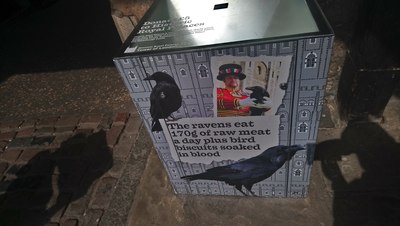

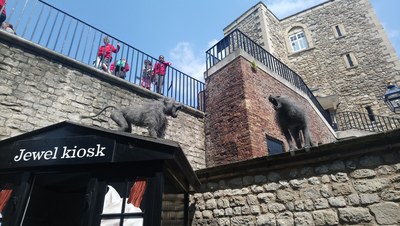





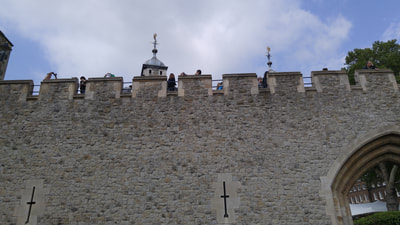










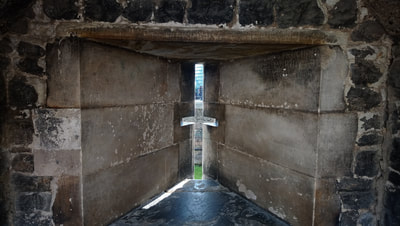



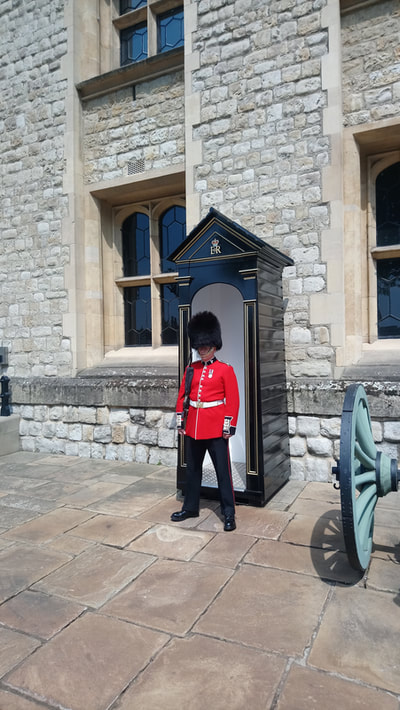














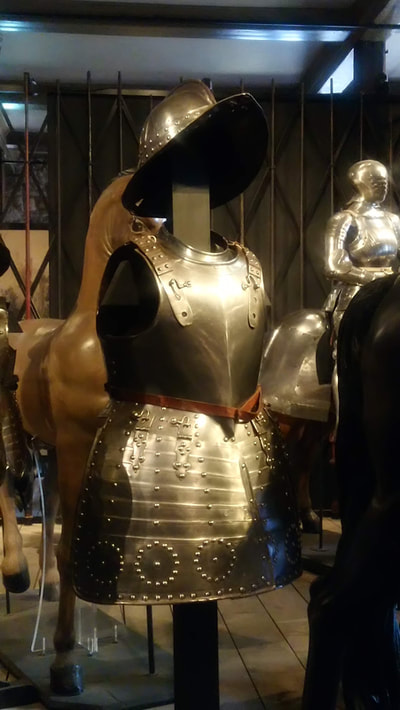


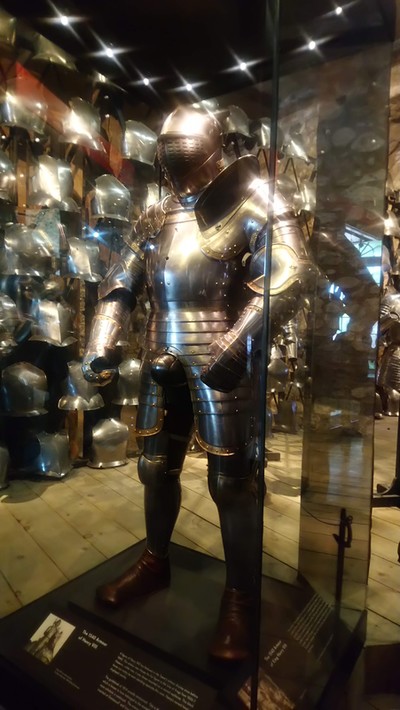




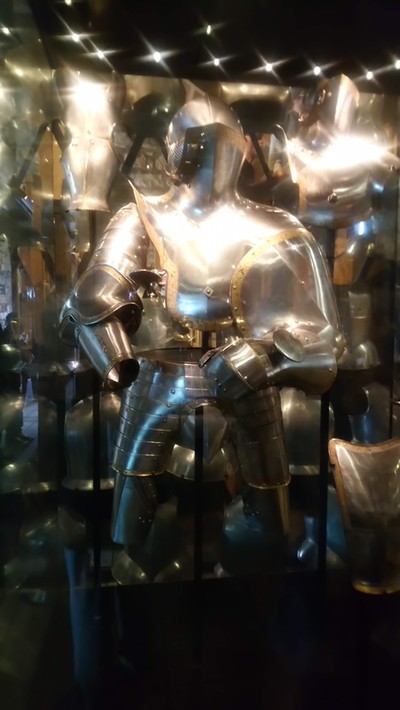







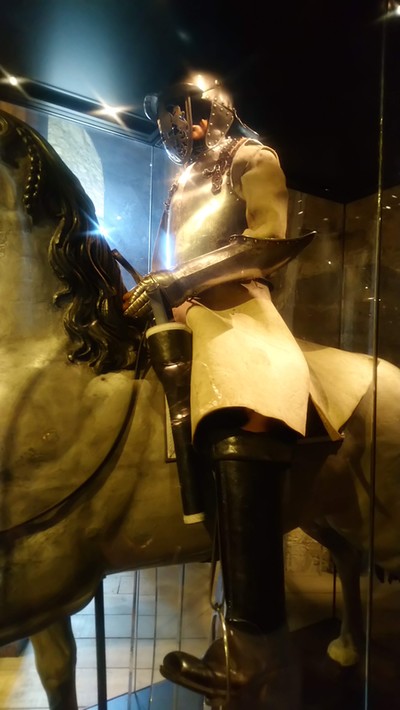







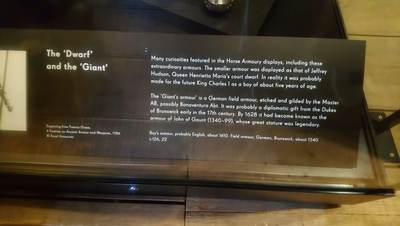


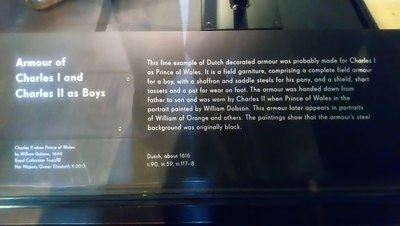
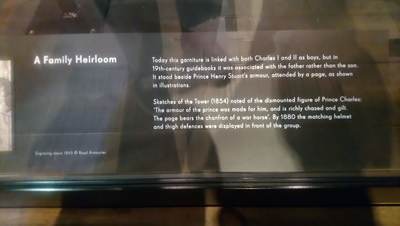

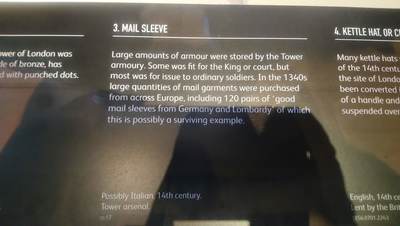
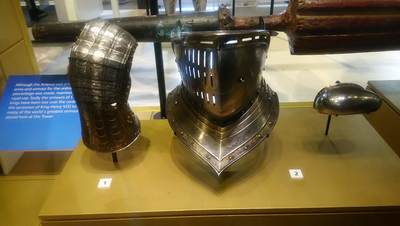










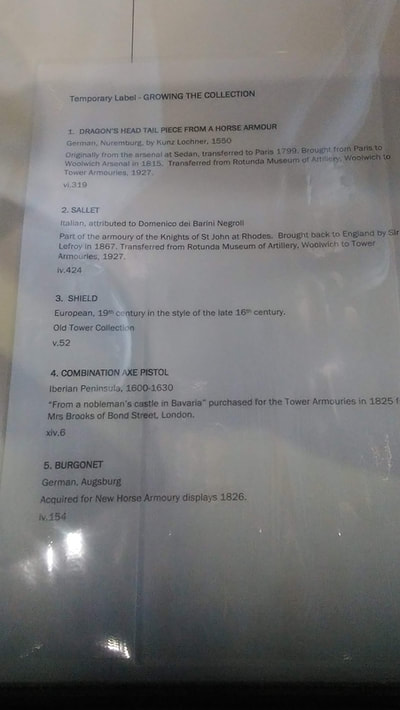














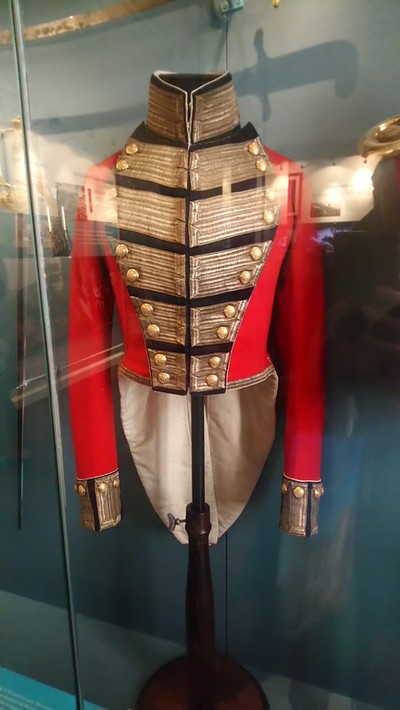


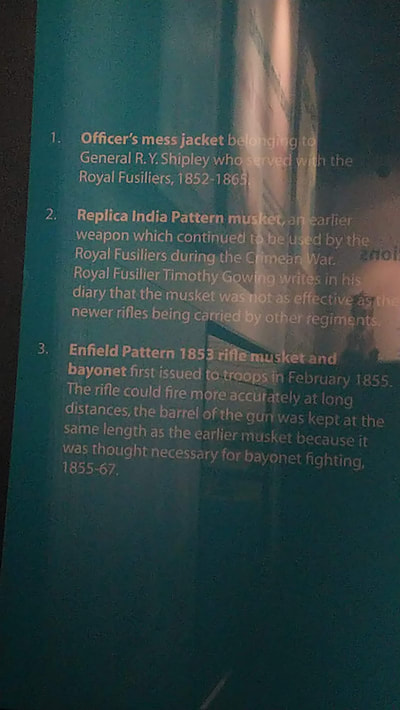


















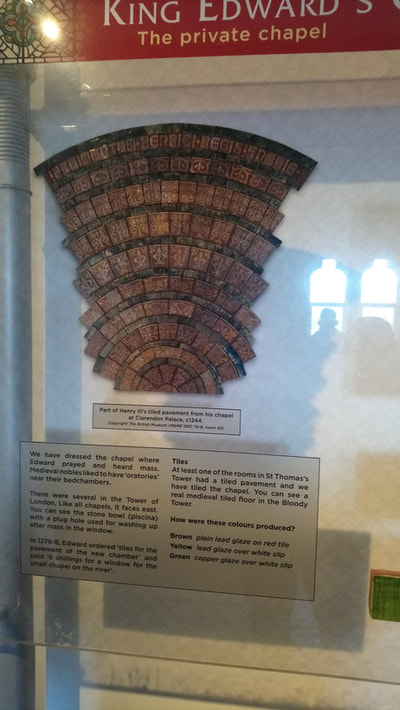




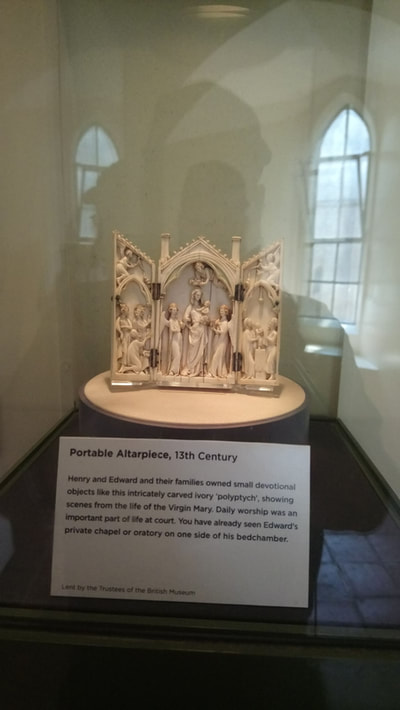
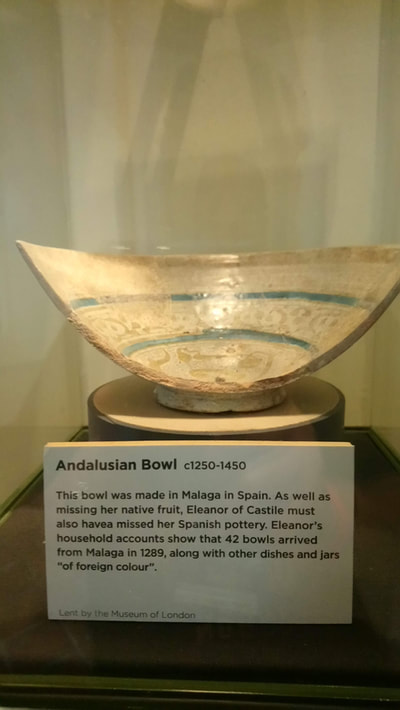





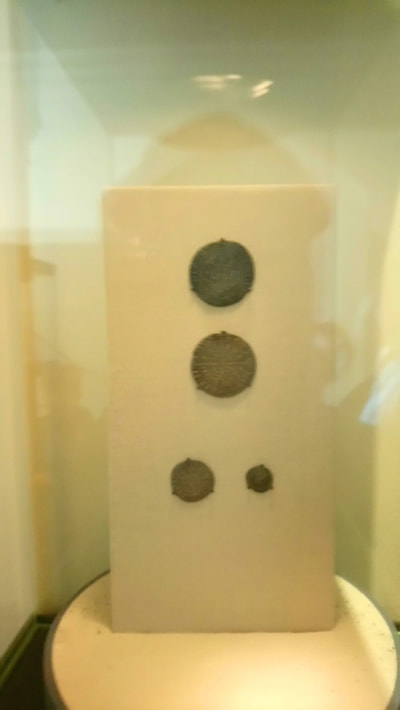





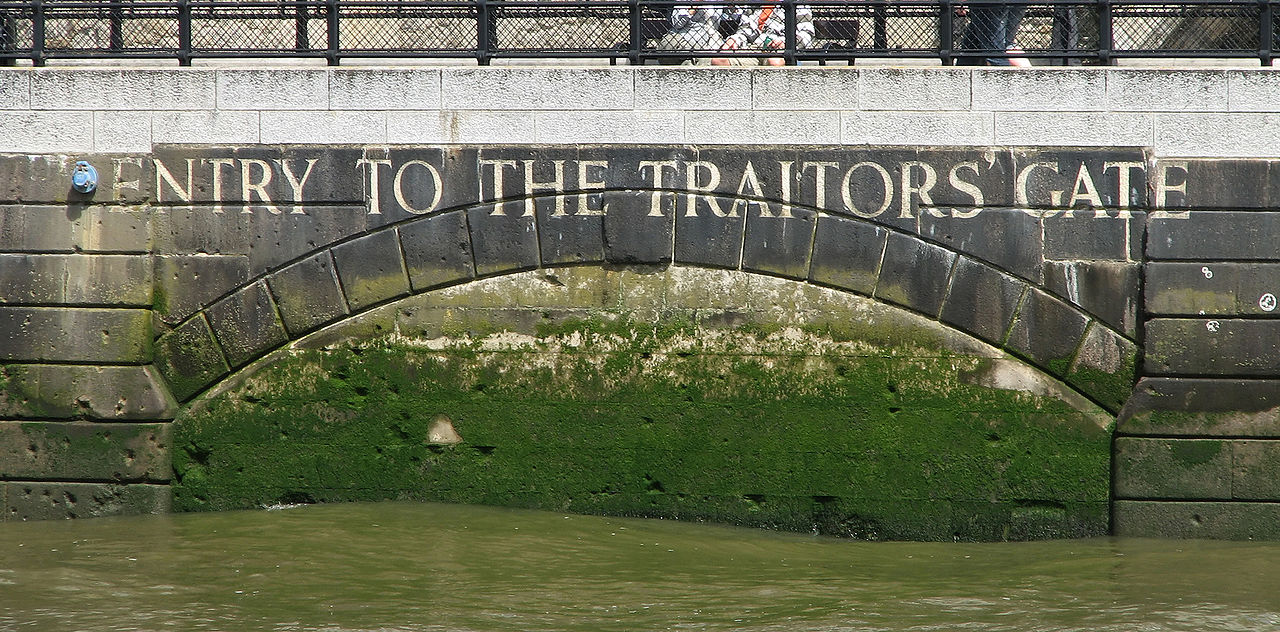


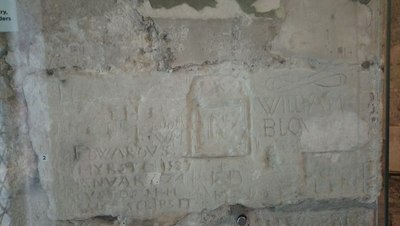







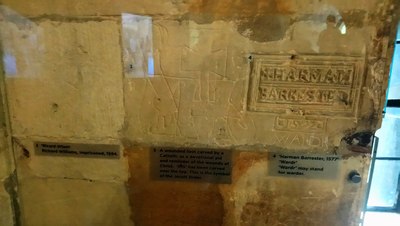


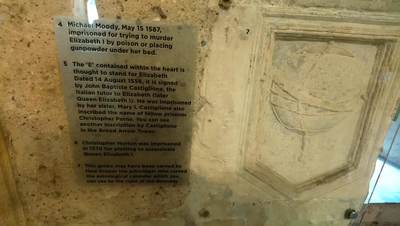




















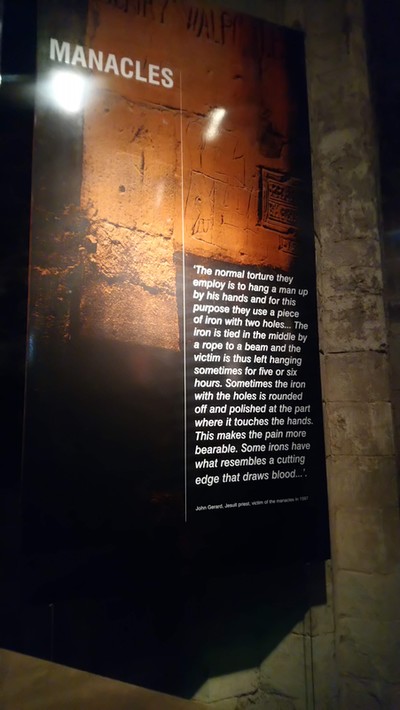


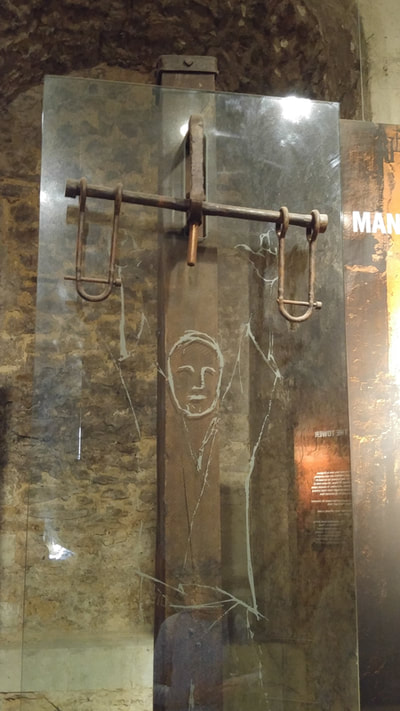




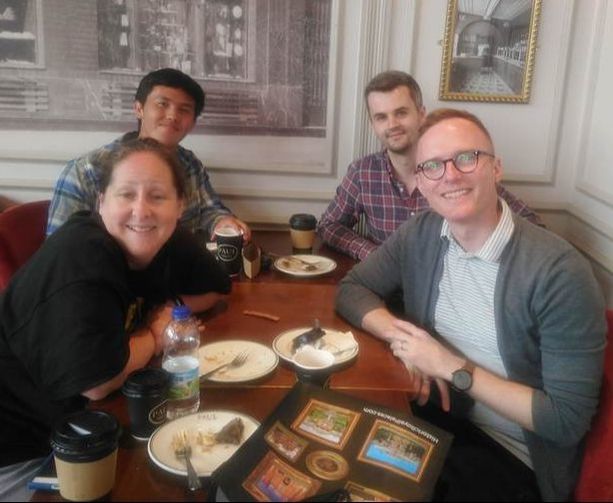

 RSS Feed
RSS Feed